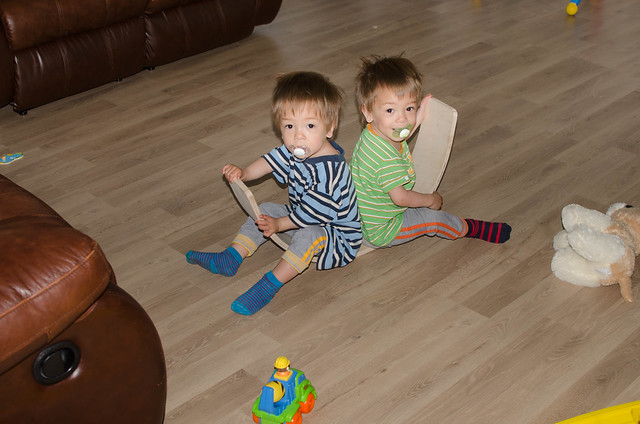woodbrains
Established Member
Hello,
The whole point in plywood, is that it is designed to remain flat! Wanting to do something with a material that is designed to do precisely the opposite to your intention is just daft, IMHO. Use bending plywood with constructional veneers, or aero ply between the laminations and what ever face veneers you choose on both outside faces. This will make a very stiff structure that will stay in shape and not require much, if any an understructure. 3 layers of 5mm bending ply is good.
You could use 2mm MDF.
Mike.
The whole point in plywood, is that it is designed to remain flat! Wanting to do something with a material that is designed to do precisely the opposite to your intention is just daft, IMHO. Use bending plywood with constructional veneers, or aero ply between the laminations and what ever face veneers you choose on both outside faces. This will make a very stiff structure that will stay in shape and not require much, if any an understructure. 3 layers of 5mm bending ply is good.
You could use 2mm MDF.
Mike.

































